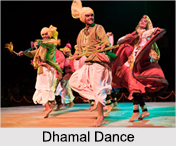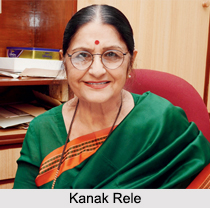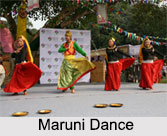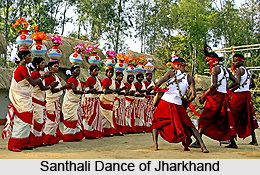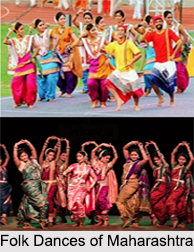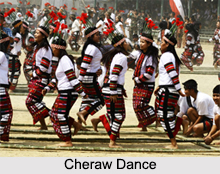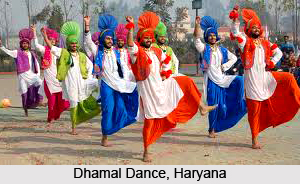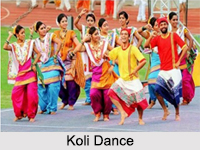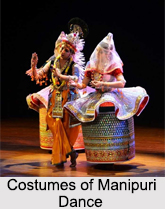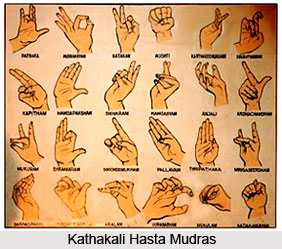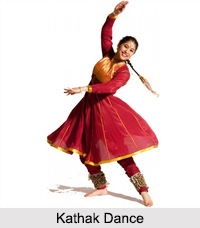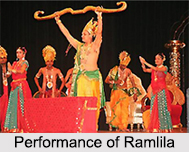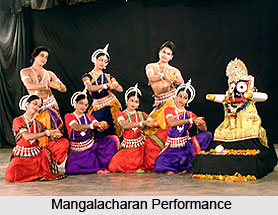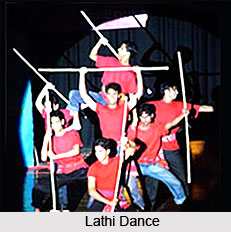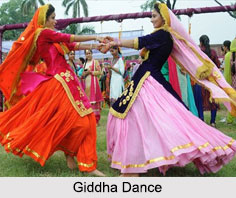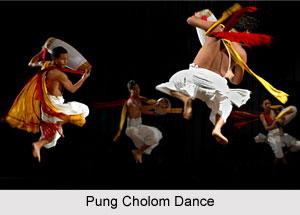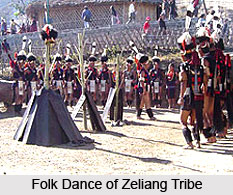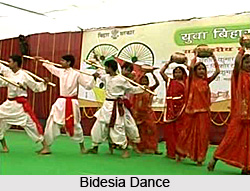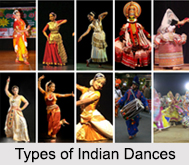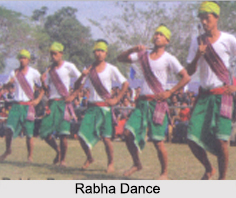P. R. Thilagam is an Indian Dancer and a Kuravanji Dance choreographer. Thilagam was born in Thiruvarur, Thanjavur district in the year of 1926. She belongs to the illustrious family of Kondi known as Kondi Paramparai. Musicians and dancers dedicated to the temple of Tyagesar in Thiruvarur and privileged to receive the first Parivattam. This is basically a ritual honour bestowed by the temple at the annual Brahmotsavam festival, and enjoyed by this family for over 14 generations. Her grandmother, Thiruvarur Kamalambal, was the last in the family to dance before the deity. Thereafter, they confined themselves to music. Thilagam learnt music under the famous Srirangam Iyengar of Madurai, and dance from Ganesam Pillai and her grandmother.
It was also the family tradition and obligation to dance in the streets of Thiruvarur during the Brahmotsavam celebrations, leading the procession of the deity. This dance was always an exposition of Tyagesar kumvanji. This background inspired Thilagam to choreograph another eighteenth-century classic, Rajappa Kavirayar`s Kurrala Kumvanji that is Kuravanji of Kurrala, into a dance-drama that made a name for her. Videos of her choreography of 75 songs from it are in the Sangeet Natak Akademi archives. P. R. Thilagam taught dance at Sri Kamalambal Vidyalayam, Thanjavur, music at the Thanjavur Raja`s college, and guided research at Tamil University, Thanjavur. P. R. Thilagam also composed music.
P. R. Thilagam gifted her grandmother`s dresses and instruments, including those for the Tyagesar Kuravanji, to the Indira Gandhi Centre for Performing Arts, New Delhi.
This article is a stub. You can enrich by adding more information to it. Send your Write Up to content@indianetzone.com
